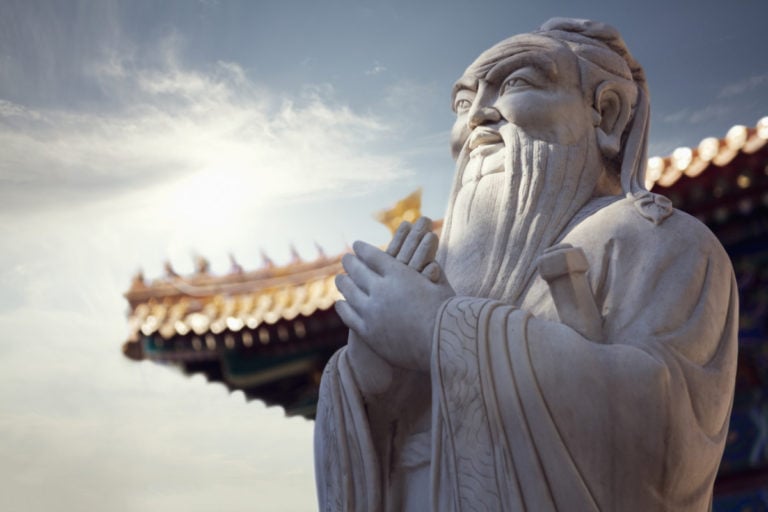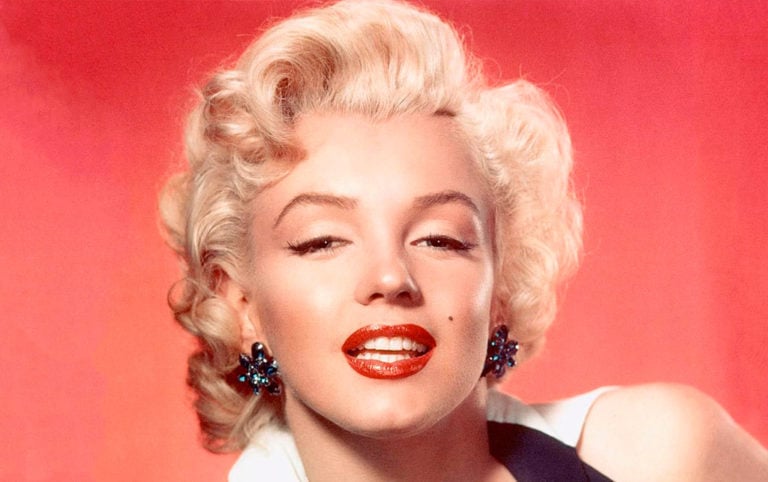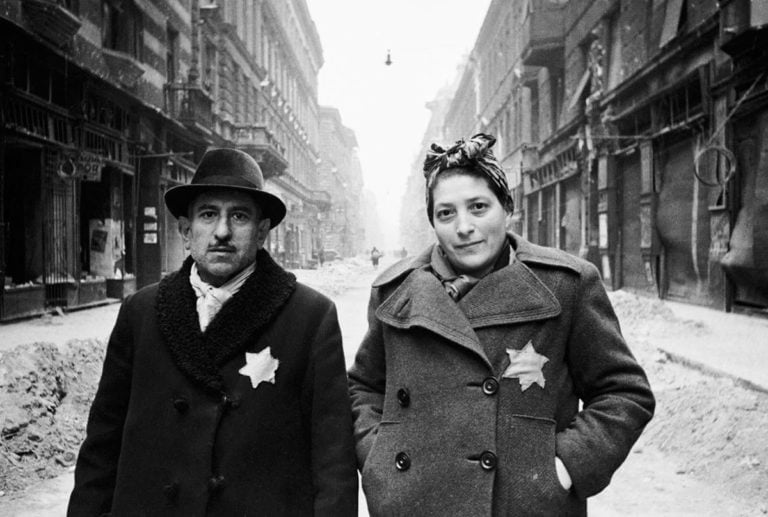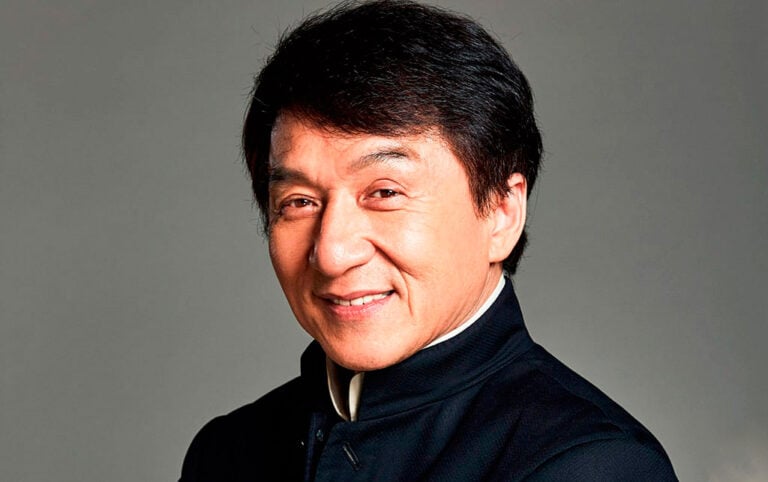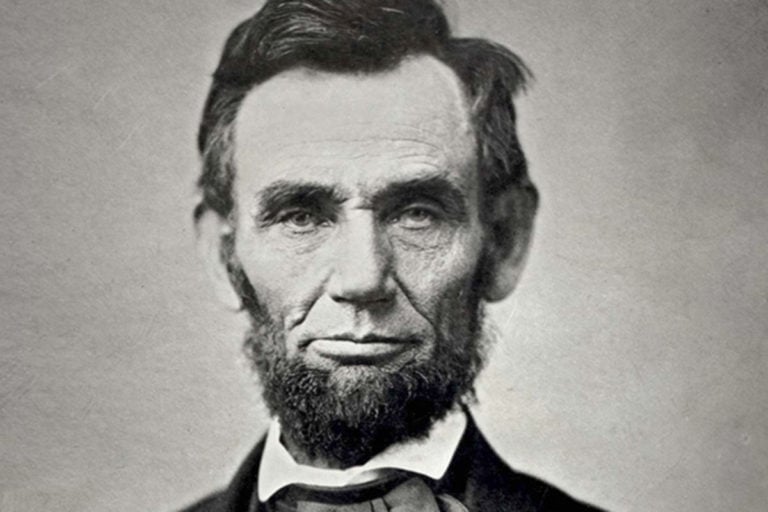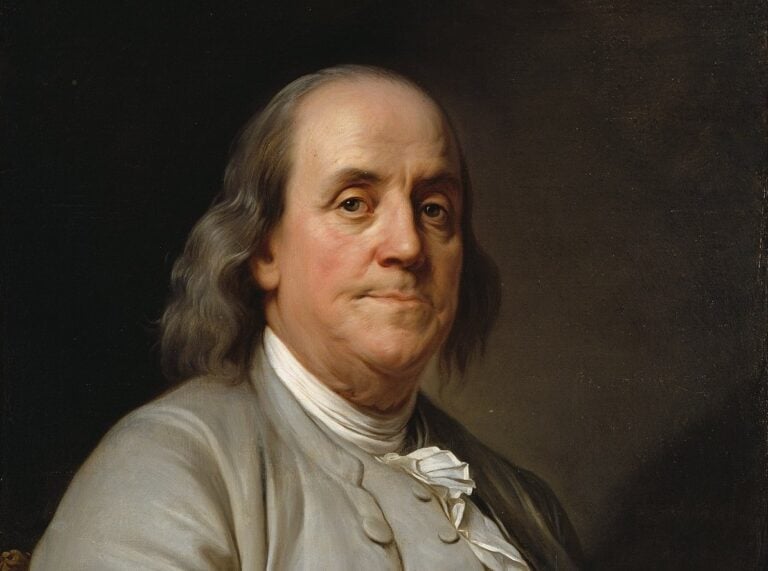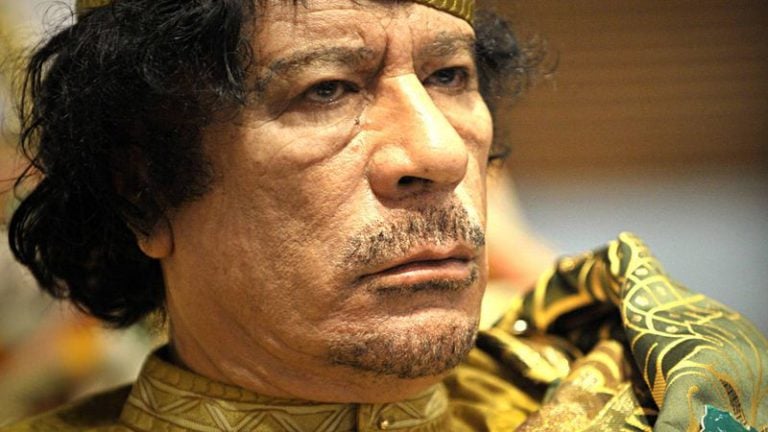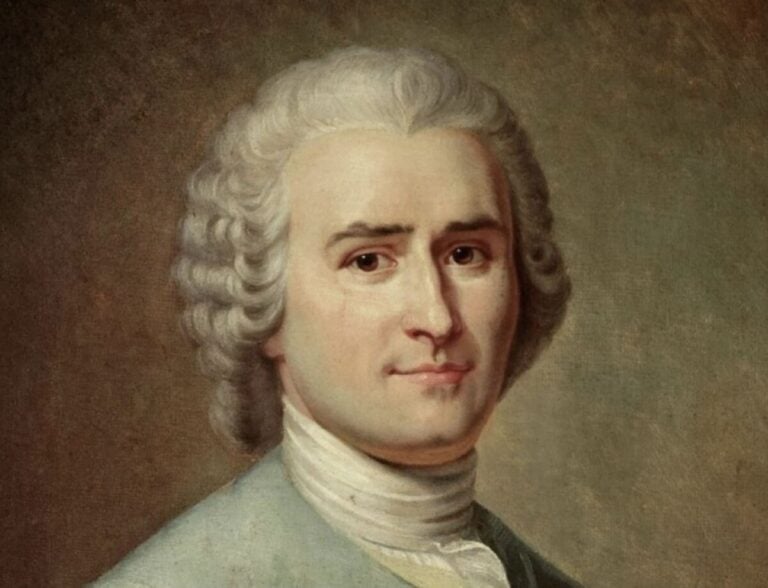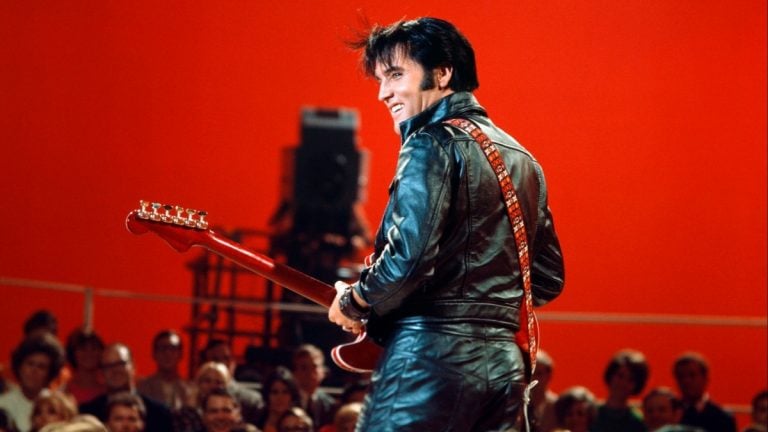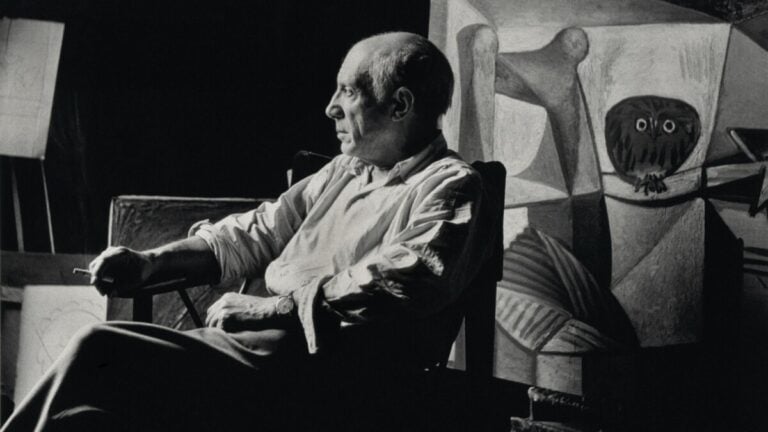On November 25, 2016, a truly legendary person died in Cuba, the face of an era, an outstanding personality whose historical significance cannot be assessed. Comandante Fidel Alejandro Castro died at the age of 91.
The death of the permanent Cuban leader caused a considerable resonance in society, once again posing hitherto unresolvable questions before politicians and historians. The official cause of death was gastrointestinal problems.
The official appeal to the Cuban people was read out by Fidel Castro’s brother, Raul Castro, who has led the country for the past 10 years. In July 2006, Fidel Castro, whose health deteriorated significantly, transferred all his powers to his brother and retired.
The death of Fidel Castro marked the end of an era, as the leaders of Argentina, Venezuela, India and Russia have repeatedly mentioned in their letters of condolence. For many, Castro’s death was a real shock. In Cuba, a 9-day mourning has been declared, during which the ashes of the commandant will be delivered to his resting place.
At the same time, mourning events should not overshadow the memory, so let’s look at how and where it all began.
Childhood and youth
Fidel Castro Ruz was born on August 13, 1926 in the Cuban city of Biran. His father was Galicia Angel Castro, who had deep Spanish roots. Fidel was just one child out of his many offspring, so his father paid little attention to him, always busy with household chores. The Castro family owned rather fertile lands; in the district, the father was considered a very rich man.
The addition of the ending “Rus” to Castro’s surname became possible at the insistence of his mother. Lina Rus Gonzalez gave birth to five children without being married to Fidel’s father. It so happened that this woman was an ordinary cook on the estate, which, however, did not bother Angel Castro at all, since he himself arrived in these places without a penny in his pocket.

Fidel’s parents were not literate, but their wealth allowed them to send all their children to school. Fidel was diligent, memorized well and grasped new material on the fly, and therefore was listed among the best students. In addition, the boy was brave and independent, over all other feelings he was dominated by a sense of justice, which made him a leader in any boy’s company.
After graduating from school, Fidel continued his education at the Jesuit College, where he entered in 1941. In college, the young man showed himself as a purposeful and even conceited person, he could not stand losing arguments and made every effort to ensure that this did not happen. Sometimes the truth had to be proved in hand-to-hand combat. After graduating from college in 1945, Fidel Castro decided to study law at the University of Havana. At this time, he is fond of the works of great political figures such as: Mussolini, Lenin, Stalin, Trotsky and Primo de Rivera. There is no obvious sympathy for communism during this period.
Revolutionary activity
In 1950, Fidel Castro graduated from the university with a degree in civil law, which enabled him to practice as a private lawyer in Havana. The young lawyer tried with all his might to alleviate the plight of the poor strata of society, he had to deal with some cases completely free of charge. Around the same time, Castro became a member of the Party of the Cuban People. There was talk of nominating him as one of the deputies to parliament, but this was prevented by his rather radical views.
On March 11, 1950, a political coup took place in Cuba. Power was in the hands of the dictatorial regime of Fulgencio Batista. The first actions of the new government were aimed at violating the foundations of the Constitution, and soon the latter was completely canceled. Few people liked the new order. Still hoping to achieve justice through legal means, Fidel Castro filed a lawsuit in the Havana court demanding that measures be taken to punish Batista for the crimes committed by him and his people. Naturally, no response to this statement was received by him.
Realizing that justice can only be achieved by armed means, Fidel Castro unites around him former members of the same party and simply those who were not indifferent to the future fate of the country. A small group of people throughout the year develops a plan to attack the military barracks of Moncada, located in Santiago de Cuba and Bayamo. Unfortunately, the plan turns out to be a failure and many of the conspirators, including Fidel himself and his younger brother Raul, were arrested. This happened between July 25 and August 1, 1953.
In the hall of the September 21 trial, Fidel Castro was sentenced to 15 years in prison. In May 1955, a general amnesty was announced, Fidel Castro was released and emigrated to Mexico, where, together with his brother Raul and other revolutionaries, he founded the “July 26 Movement”, which was to organize and lead a revolutionary coup.
A small revolutionary detachment was to land in the Sierra Maestra mountains in the eastern part of the island. Unfortunately, this venture was not the most successful. The detachment was attacked and defeated by sent government troops. Only small groups managed to survive, who managed to reunite high in the mountains a few days after the defeat. Initially, the formed detachment was weak and small, but after Fidel’s promise to give the land to the peasants in the event of his victory, his ranks began to replenish. Soon the number of rebels reached several hundred, which forced Batista to send a new army, whose actions this time were less successful. The soldiers refused to fight the rebels, some of them fled, while others joined the revolutionary movement.

By 1958, Fidel Castro had an entire Rebel Army at his disposal, actively waging a guerrilla war. On January 1, 1959, the Rebel Army entered Havana, the Batisto regime fell, the population rejoiced, and the Provisional Government was formed. As a result of political reshuffles, Fidel Castro was appointed Minister of War. He did not stay long in this post, already on February 15 he heads the government.
The first actions of the new government are the proclamation of a large number of decrees, among which a special place was occupied by the decree on the division of land plots, with an area of over 400 hectares, among the peasants. Such a decision confronted Castro with counter-revolutionary elements fueled by the US government, with a dangerous notion of Cuba’s bias towards close cooperation with the USSR. To protect the revolution, the police force was expanded, which further alarmed the world capitalist community. In the shortest possible time, private banks and enterprises owned by the Americans were nationalized.
On October 10, 1959, Raul Castro became Minister of the Armed Forces. Fidel made such a decision on his own, which caused discontent of some generals, led by Uber Matos. A rebellion was brewing, having learned about the preparation of which Fidel Castro ordered the arrest of Matos. During the court hearing, Matos was accused of treason and sentenced to 20 years in prison. Repressions against opponents of the revolutionary coup continued until 1961, which was associated not only with internal unrest, but also with attempts at external influence. So, in November 1961, the American government organized a disastrous operation in the Bay of Pigs. The soldiers who landed on the shore, consisting mainly of emigrants who had fled to the United States, were completely destroyed by the regular army.
Foreign policy
The operation in the Bay of Pigs did not bring the results expected by the Americans, but made it possible to clarify the political views of Castro. In an open interview, the Cuban leader recognized himself as a socialist, which dispelled any myths that by that time had accumulated a lot around his person.
Castro’s activities to nationalize enterprises agitated American businessmen, they demanded that their government take retaliatory measures. In 1962, the United States imposed a trade embargo on trade with Cuba, after which they sought to expel the country from the Organization of American States, which to some extent contributed to the start of the “Cuban Crisis”. In 1964, this organization introduced trade and diplomatic sanctions. The motivation for taking such strict measures was the accusation of the Cuban leader in assisting the communists of Venezuela.
It should be noted that these accusations were not false. Fidel Castro really actively cooperated with the communists around the world, especially with the USSR. The total number of the Cuban army was up to 250 thousand people. Cubans were part of the military garrisons that settled conflicts in Angora, Ethiopia, Libya, Nicaragua, North Korea and even Afghanistan.
Last years of life
In the summer of 2006, Fidel Castro announced his decision to hand over the government to his brother Raul. This decision was dictated by the age and poor health of the Cuban leader. It was at this time that Fidel Castro’s health deteriorated sharply, he was repeatedly hospitalized. In August 2006, information about Castro’s health was classified and declared a state secret. Since then, the information received by journalists looks somewhat contradictory. So, information about the death of Fidel was repeatedly received, which was refuted over and over again.

The last public appearance took place on August 13, 2016, the birthday of Fidel Castro. The Cuban leader was spotted at the premiere at the Karl Marx Theatre.
Interesting biography facts
- Fidel Castro was a big sports fan all his life. He repeatedly met with such famous football players as Messi and Maradona, considered himself their friend and made a lot of efforts to raise the sports spirit of Cuban citizens.
- Comandante was a big fan of the London Arsenal football club, but unfortunately he never attended a single match of his favorite team.
- This might seem surprising, but Fidel Castro was forced to take care of his own safety all his life. More than 600 attempts have been officially confirmed on the life of the Cuban leader, most of which were planned with the knowledge of the US secret services.
- Fidel Castro’s sports interests were not limited to football; in different years of his life he played table tennis, baseball, swimming and golf. Cuba had its own Olympic team. Outstanding Cuban athletes have won many victories at the Olympic Games, taking part in almost all the Olympics. The exceptions were the 1984 and 1988 Olympic Games, which Cuban athletes did not qualify for due to political turmoil.
- It is worth noting that the love for sports was manifested not only in the allocation of money for its development. Retiring from business, Fidel Castro began to dress exclusively in tracksuits. Favorite brand of clothing was the clothing produced by “Adidas”. However, Castro had nothing to do with advertising these products.
- Fidel Castro was officially married twice.

